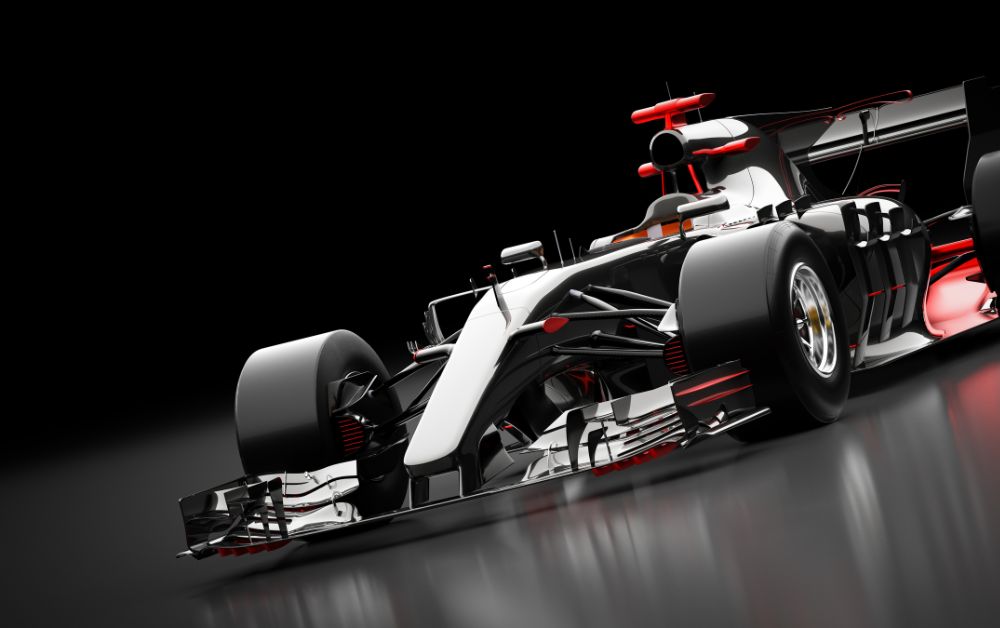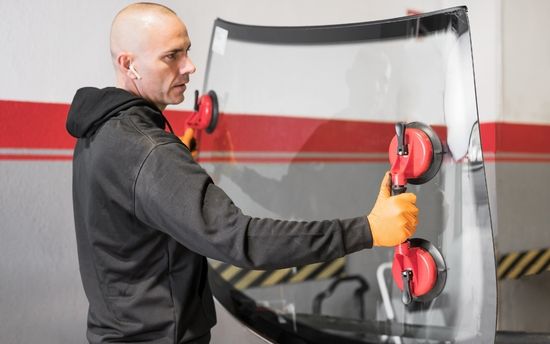How Much Fuel Does an F1 Car Hold?

Formula 1, the pinnacle of motorsport, is known for pushing the boundaries of technology, speed, and engineering excellence. While fans marvel at the incredible speed and agility of F1 cars on the track, there’s often a lot of curiosity about the nitty-gritty details that make these racing machines tick.
One such question that frequently arises is: How much fuel does an F1 car hold? In this comprehensive blog, we will delve deep into the world of Formula 1 and explore the fueling aspects of these high-performance racing cars.
Understanding Formula 1 Fuel Rules
The importance of fuel in F1
Fuel is the lifeblood of Formula 1, providing the energy needed to power the high-revving, turbocharged engines that propel these cars at mind-boggling speeds. The quantity, composition, and management of fuel play a critical role in an F1 team’s strategy and overall performance.
FIA regulations on fuel quantity and composition
The Fédération Internationale de l’Automobile (FIA), the governing body of motorsport, sets strict regulations regarding fuel in Formula 1. These regulations dictate the maximum quantity of fuel that can be used during a race, as well as the specific requirements for the composition of the fuel to ensure fair competition and safety.
Fuel Tank Capacity
The size of an F1 fuel tank
An F1 car typically carries a fuel tank with a capacity of around 110 kilograms (242 pounds) of fuel. This equates to roughly 145 liters (38 gallons) of fuel. The tank’s size is designed to meet the FIA’s regulations while also taking into account the demands of a race.
How does tank capacity impact race strategy?
The size of the fuel tank directly affects race strategy. Teams must carefully calculate how much fuel to load into the car before a race, considering factors such as track length, expected fuel consumption, and the desired number of pit stops. Striking the right balance between carrying enough fuel to finish the race and minimizing excess weight is crucial.
Fuel Efficiency in F1
The quest for greater efficiency
Fuel efficiency is a critical factor in Formula 1, as it directly impacts a car’s performance. Teams are continually striving to make their engines more fuel-efficient, as this allows for greater power output while adhering to the fuel quantity regulations.
Energy recovery systems (ERS)
In the modern era of Formula 1, energy recovery systems (ERS) have been introduced to enhance fuel efficiency. ERS systems recover energy during braking and convert it into electrical energy that can be used to boost engine power. This regenerative braking system helps reduce overall fuel consumption.
Types of Fuel Used
The evolution of F1 fuels
Formula 1 has seen a significant evolution in the type of fuel used over the years. While traditional race fuels were derived from fossil sources, there has been a shift towards more sustainable and environmentally friendly options.
Sustainable fuel initiatives
In recent years, F1 has taken steps towards sustainability by exploring biofuels and synthetic fuels that have a reduced carbon footprint. These initiatives align with broader efforts in the automotive industry to reduce the environmental impact of motorsport.
Fuel Pit Stops
How often do F1 cars refuel?
F1 cars do not refuel during a race, unlike some other motorsports. Instead, teams calculate the fuel required to complete the race distance and load it into the car before the race starts. Pit stops are primarily for changing tires and making adjustments to the car’s setup.
The timing and strategy behind pit stops
Teams carefully plan pit stops to minimize the time spent in the pit lane. The timing of pit stops can be influenced by factors such as tire wear, weather conditions, and safety car deployments. A well-executed pit stop can provide a competitive advantage.
Measuring Fuel Consumption
Data acquisition and telemetry
F1 teams employ advanced data acquisition systems to monitor fuel consumption in real-time. This data, along with telemetry from the car, is transmitted to the team’s engineers in the pit lane, allowing them to make informed decisions regarding fuel strategy.
Pit-to-car communication
Teams can communicate with the driver during the race to provide guidance on fuel management. This communication is critical, as drivers must adapt their driving style to conserve fuel while maintaining competitive lap times.
Fuel Management in a Grand Prix
Balancing speed and fuel conservation
Managing fuel during a race is a delicate balancing act. Drivers must push their cars to the limit to stay competitive while also conserving enough fuel to complete the race distance. This requires precise throttle control and strategic use of energy recovery systems.
What is the role of the driver in managing fuel?
The driver plays a crucial role in fuel management. They receive instructions from the pit wall on how to adjust their driving style to save fuel. This might involve lifting off the throttle earlier, coasting into corners, or using the energy recovery system strategically.
Fuel in Qualifying vs. the Race
How fuel quantities differ in qualifying and the race?
In Formula 1, there is a difference in the amount of fuel carried by cars during qualifying sessions compared to the race. During qualifying, cars run with a minimal fuel load to maximize performance and reduce weight. In contrast, the race requires a full tank to ensure sufficient fuel for the entire distance.
The impact on lap times and performance
The reduced fuel load during qualifying results in faster lap times, as the car is lighter and can accelerate more quickly. However, this advantage is offset by the need to carry more fuel in the race, which affects the car’s handling and balance.
Fuel in the Hybrid Era
The introduction of hybrid power units
In the Hybrid Era of Formula 1, which began in 2014, the sport introduced hybrid power units that combine traditional internal combustion engines with energy recovery systems. These power units are more fuel-efficient and environmentally friendly.
The role of the Energy Store (ES)
The Energy Store (ES) is a key component of the hybrid power unit. It stores electrical energy generated during braking and releases it to assist with acceleration. This system reduces the reliance on pure engine power and contributes to fuel savings.
Conclusion
In conclusion, the amount of fuel an F1 car holds is a carefully calculated and regulated aspect of Formula 1 racing. The 110-kilogram fuel tank capacity is a critical factor in race strategy, influencing when and how teams make pit stops and how drivers manage their fuel consumption during a race.
Fuel efficiency and sustainability have become increasingly important in modern Formula 1, with the introduction of hybrid power units and the exploration of more environmentally friendly fuels. As the sport continues to evolve, fuel will remain a central element in the quest for speed, efficiency, and innovation in the world of motorsport. Understanding the role of fuel in Formula 1 adds another layer of appreciation for the precision and strategy that go into each race.
Related Articles

Unlocking the Mystery: How Long Can Car Tyres Last?
Understanding how long your tyres can last and the factors that influence their lifespan is crucial for ensuring a smooth and secure driving experience. Join us as we explore the various elements that determine tyre longevity, from driving habits and road conditions to maintenance practices and tyre quality. Get ready to unlock the secrets behind how long your car tyres can truly last.

Tesla Self-Driving Explained: What You Need to Know
While Tesla’s advancements in this field are impressive, it’s crucial to understand the capabilities and limitations of its self-driving system. In this comprehensive guide, we delve into what Tesla’s Full Self-Driving entails, separating fact from fiction and shedding light on the realities of autonomous driving in today’s automotive landscape.

How Often Do Car Dealerships Get New Inventory: A Comprehensive Guide
One common question among car buyers is, “How often do car dealerships get new inventory?” Understanding this aspect can help potential buyers plan their purchase timing and negotiate better deals. In this comprehensive guide, we delve into the intricacies of inventory management in car dealerships and explore the factors that influence the frequency of new inventory arrivals.

Unveiling the Power-Packed Nissan Ariya NISMO: A Japanese Sensation
From enhanced power outputs to finely-tuned performance, join us on a journey through the electrifying transformation of the Nissan Ariya, set to leave an indelible mark on the roads of Japan and beyond. The countdown begins to the arrival of the Ariya NISMO in the United States, as we explore the electrified future of high-performance electric SUVs.




